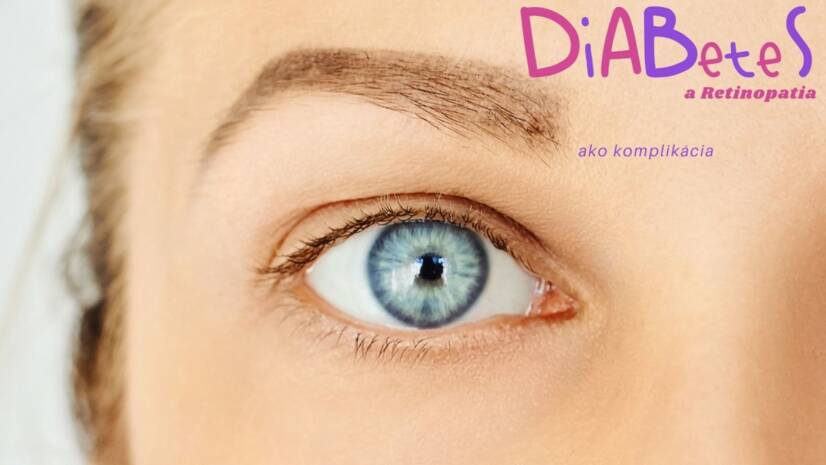- "Diabetic retinopathy - Symptoms and causes". mayoclinic.org. Mayo Clinic.
- "Diabetic retinopathy - Diagnosis and treatment". mayoclinic.org. Mayo Clinic.
- Fong, D. S.; Aiello, L.; Gardner, T. W.; et al. (2004). "Retinopathy in Diabetes". Diabetes Care. American Diabetes Association. 27: S84–S87. doi:10.2337/diacare.27.2007.S84. PMID 14693935.
- Li, Jeany Q.; Welchowski, Thomas; Schmid, Matthias; et al. (January 12, 2020). "Prevalence, incidence and future projection of diabetic eye disease in Europe: a systematic review and meta-analysis". European Journal of Epidemiology. 35 (1): 11–23. doi:10.1007/s10654-019-00560-z. PMID 31515657. S2CID 202557582 – via PubMed.
- "Diabetic retinopathy". Diabetes.co.uk. Retrieved 25 November 2012.
- Kertes PJ, Johnson TM, eds. (2007). Evidence Based Eye Care. Philadelphia, PA: Lippincott Williams & Wilkins. ISBN 978-0-7817-6964-8.[page needed]
- Tapp RJ, Shaw JE, Harper CA, de Courten MP, Balkau B, McCarty DJ, Taylor HR, Welborn TA, Zimmet PZ (June 2003). "The prevalence of and factors associated with diabetic retinopathy in the Australian population". Diabetes Care. 26 (6): 1731–7. doi:10.2337/diacare.26.6.1731. PMID 12766102.
- MacEwen C. "diabetic retinopathy". Retrieved August 2, 2011.
- Engelgau MM, Geiss LS, Saaddine JB, Boyle JP, Benjamin SM, Gregg EW, Tierney EF, Rios-Burrows N, Mokdad AH, Ford ES, Imperatore G, Narayan KM (June 2004). "The evolving diabetes burden in the United States". Annals of Internal Medicine. 140 (11): 945–50. doi:10.7326/0003-4819-140-11-200406010-00035. PMID 15172919.
- "Nonproliferative Diabetic Retinopathy (Includes Macular Edema)". Retrieved August 17, 2013.
- "Diabetic Retinopathy: What You Should Know" (PDF). nei.nih.gov. National Eye Institute, National Institutes of Health. June 2019. p. 3. Retrieved 19 November 2021.
- Expert Committee on the Diagnosis Classification of Diabetes Mellitus (January 2003). "Report of the expert committee on the diagnosis and classification of diabetes mellitus". Diabetes Care. 26 (Suppl 1): S5–20. doi:10.2337/diacare.26.2007.S5. PMID 12502614.
- Expert Committee on the Diagnosis and Classification of Diabetes Mellitus (July 1997). "Report of the Expert Committee on the Diagnosis and Classification of Diabetes Mellitus". Diabetes Care. 20 (7): 1183–97. doi:10.2337/diacare.20.7.1183. PMID 9203460. S2CID 219226914.
- Williams R, Airey M, Baxter H, Forrester J, Kennedy-Martin T, Girach A (October 2004). "Epidemiology of diabetic retinopathy and macular oedema: a systematic review". Eye. 18 (10): 963–83. doi:10.1038/sj.eye.6701476. PMID 15232600.
- "Facts About Diabetic Eye Disease". nei.nih.gov. National Eye Institute, National Institutes of Health.
Diabetic retinopathy: What is it, why does it occur and how is it manifested?

Photo source: Getty images
Most common symptoms
- Headache
- Eye Pain
- Sensitivity to light
- Double vision
- Twinkles before the eyes
- Blindness in one eye
- Blindness
- Pressure in the eye
- Cutting the eye
- Fatigue
- Loss of field of vision
- Blurred vision
- Deterioration of vision
Show more symptoms ᐯ
Diabetic retinopathy: How is it treated and what medications will help?
Show more









